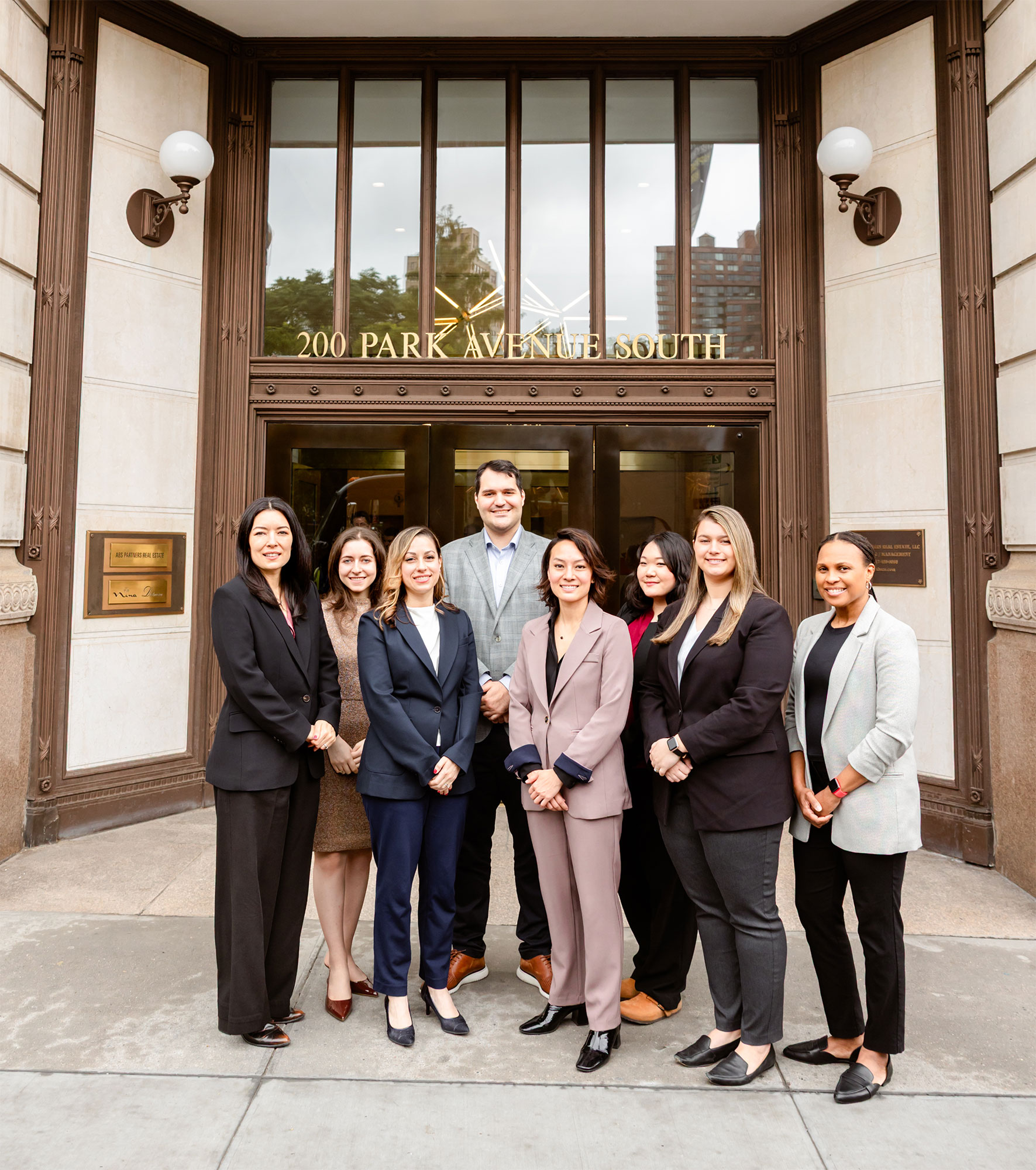By Alison C. Gaskin, Esq.
Congratulations! You’ve just made the momentous decision to purchase a home or investment property with another person. The next question is: How will you and your co-owner structure your ownership? The chosen ownership structure can have enduring effects on proportionate carrying charges, transfer restrictions and inheritance.
New York recognizes four types of ownership:
- Tenancy in common
- Joint tenancy
- Joint tenancy with rights of survivorship
- Tenancy by the entirety
Tenancy in Common
In a tenancy in common, each owner owns a portion of the interest in the property (oftentimes in equal shares, e.g., 50/50) and upon a co-owner’s death, the decedent’s share is distributed to his or her heirs (as opposed to the other co-owner). Each co-owner may sell or encumber his or her share without the other co-owner’s consent. Unless agreed otherwise, each co-owner will be responsible for his or her proportionate share of carrying charges and repairs. The tenancy in common structure is commonly utilized by non-married purchasers such as parents and children, siblings, friends or for investment properties.
Joint Tenancy
In a joint tenancy, two or more people jointly own equal undivided interests in the property. To create a joint tenancy, the co-owners must take their equal interests at the same time by the same instrument and have the right to use the entire property. The joint tenancy will be severed and a tenancy in common will be created if a co-owner transfers or encumbers his or her share without the other’s consent.
Joint Tenancy with Right of Survivorship
Co-owners who wish to inherit their joint tenant’s interests may want to take title as joint tenants with rights of survivorship. This structure has the same characteristics as a joint tenancy but adds the important element of survivorship meaning that upon one’s death, the decedent’s interest will automatically revert to the surviving party by operation of law and skip probate (legal process determining validity of a will, paying debts and identifying and distributing property).
Tenancy by the Entirety
The tenancy by the entirety structure is reserved for married couples and will be assumed if the deed (after 1896) or stock certificate (after 1996) does not state otherwise. Under a tenancy by the entirety, the married couple is viewed as a single person having 100% ownership with the right of survivorship. This structure protects a spouse’s interest in the property from the other spouse’s creditors. In the event of divorce, the tenancy by the entirety automatically becomes a tenancy in common with each spouse owning 50% interest.
The above provides a short description of the available structures for co-ownership. You should discuss the above options with your attorney before entering into any ownership agreement. Contact us today for more information.


